What is the difference between a slab on grade & a crawl space?
A slab on grade, or ‘frost protected shallow foundation’ is exactly that, a slab of concrete on the ground.There’s more to it of course, but let’s start with a ‘win’ in the comprehension department shall we?
A slab on grade rests directly on the ground, and a crawl space on the other hand, is exactly that - a space you can crawl in. To help you decide which is better, first take an afternoon and go spelunking so you can ask yourself if you really enjoyed crawling around in a dark place full of bugs while banging your head on stuff. If the answer was yes, then crawl-spaces are for you. They are more costly, not very efficient, not very sensible, but if they fill your heart with joy then we encourage you to live your dream.

What’s more durable, a slab on grade or a crawlspace?
If you read anywhere online that they are comparable in terms of durability or functional life span, then close that window and open another. A properly-insulated slab of concrete resting on high-ground with a frost-protection skirt will outlast a house built on a crawlspace; full stop.
•EPS foam can be used as a vapour barrierwhen installed with multiple layers and offset joints as it will not absorb moisture from the ground.
• Building on high ground eliminates any risk of flooding.
•带有防冻裙的平地板不会隆起,该防冻裙是为特定气候而设计的。
• EPS foam with parging on it or an exterior cement board will dissuade termites in low to moderate risk areas. In high risk areas additional protection can be required by code, and having said that – a termite has no real incentive to dig into your insulation if there is no food source to attact them, so always build homes with durability strategies. If termites DO eat into your foam foundation, it would likely take an infestation of biblical proportions to remove enough insulation to cause a structural issue or any significant heat loss. So if an apocalypticinvasion of termitesshould happen, don’t worry about your slab; grab your beads and head to church for confession.
Is a slab on grade or a crawl-space better on poor soil or high water tables?

A slab foundation is better. Remember – a crawl space is a mini basement, aka a hole in the ground that will one day be filled in by nature, one way or another. To avoid flooding or moisture damage, or shifting due to soil quality, you would be better to build a raft slab on expansive soils or high water tables instead of a slab with a thickened edge footing. A raft slab distributes the weight evenly over the whole surface instead of resting on an edge-loaded footing, so the risk of differential settlement or shifting is greatly reduced.
筏板几乎不需要挖掘,所以高水位不是问题,也可以消除昂贵的土壤修复的需要。我们最近在膨胀的粘土上建造了新的韦克菲尔德概念屋,通过建造一个筏板,我们不需要任何土壤修复,从而节省了资金。Read more about our Wakefield house solar air heated slab floor here.
What’s cheaper to build – a slab on grade or a crawlspace?
A slab is cheaper. A crawl space is like building a mini (and dysfunctional) basement, so you get most of the cost, all the durability issues and potential hassles of a basement, PLUS a sore back and bruises on your head if you try to make any functional use of it. A crawlspace requires a concrete footing, then a short foundation wall, all the insulation on the walls and floor (or crawl-space ceiling), drainage, exterior damp-proofing membranes and weeping tile, then you need to build a floor over top of it. The comparablestages of slab-on-grade construction就是铺设绝缘模板,加入钢筋和网格,然后浇筑混凝土。
因此,与铺设平板相比,铺设爬行空间需要更多的材料、更多的施工阶段和更多的劳动力。

The drawbacks of building on a slab on grade:
Building your home on a slab on grade means you will have no basement storage, a mechanical room on the main floor, and no ability to move plumbing fixtures for future renovations.
So how to deal with that?
No basement storage:建造一个棚子,或者建造稍微大一点的平板,包括存储空间;它可以与机械室和洗衣房相结合。或者,像大多数人一样,把你的车库装满垃圾……
Main floor mechanical room:build it away from bedrooms if possible to avoid disruptions from any mechanical noise such as water heaters, boilers,HRVs and ERVs, etc. It is also wise to work on sound proofing. See our video here onhow to soundproof a mechanical room for a slab on grade.
Plumbing and electrical:this is really the only thing that doesn’t have an easy work-around in a slab on grade foundation. Plumbing and electrical lines embedded in concrete aren’t going to move, so….plan ahead! Don’t rush into a design; first make sure it flows well. You could alsoplan for future renovations with flexible house designby running electrical lines and even water lines and a drain to a sensible location for a future addition. You just cap plumbing components and don’t hook electrical wires until they are needed in the future. And it should go without saying, but be sure to make a clear map of where those features are.
Plumbing durability and maintenance:electrical wires need to be in conduits under slab foundations to meet building code in most regions (we hope), but putting plumbing lines in conduits is also a good idea; that way, if for any reason at all you need to replace a waterline, you simply pull the PEX out of the conduit and replace it. An additional feature I once saw that made a lot of sense was a second backup well-line run inside a weeping tile under the slab from the well head to the mechanical room. So, if for any reason the well line leaked, you would have a back up right there to connect.
Quality of life living on a slab on grade:
Aradiant-heated floor provides greater thermal comfortfor occupants, and, compared to forced-air heating, it does not blow dust around your home. So it offers an advantage for cleaner indoor-air quality than a crawl space foundation.
Apolished concrete floor with a non-toxic finishis the most durable and healthy flooring material you can choose for a slab on grade foundation. The only downside is that it can be a bit tough on the knees for some people, myself included, so I would add a thin wood finish to it.
Mostengineered hardwood products can be added to a slab on gradewithout risk of cupping and cracking. Such wood can be found pre-finished so you don’t have the detrimental health effects from the VOC's from varnish applied onsite, or you can purchase raw wood andapply a non-toxic natural wood finishing oil.


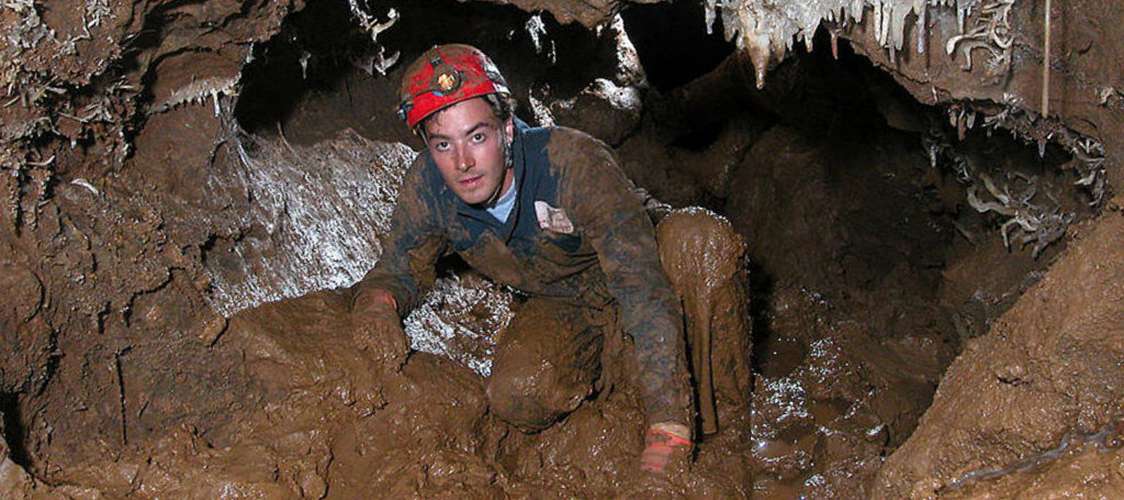












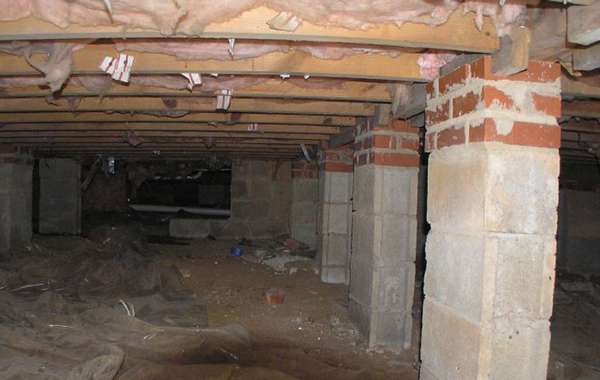
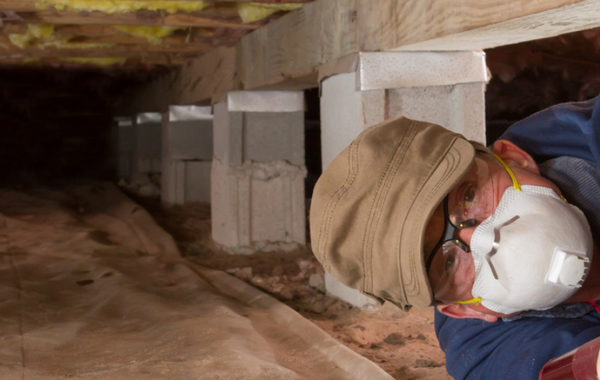
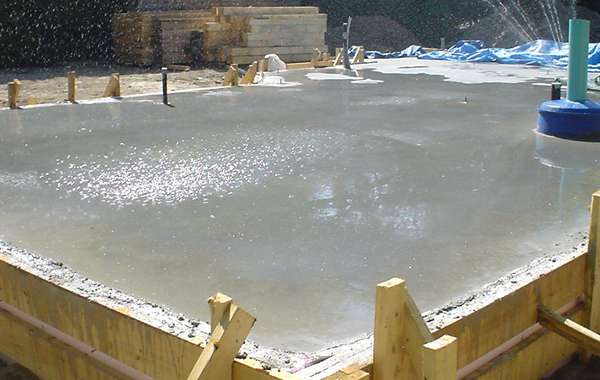
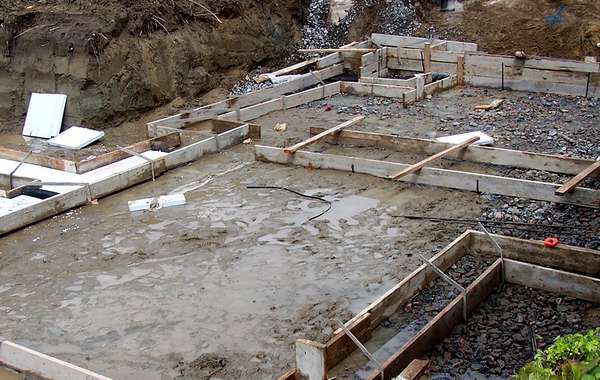
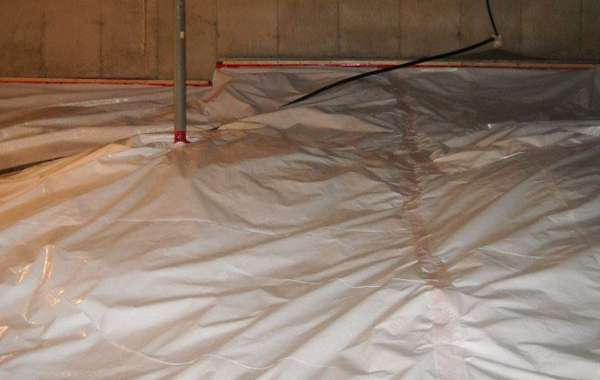
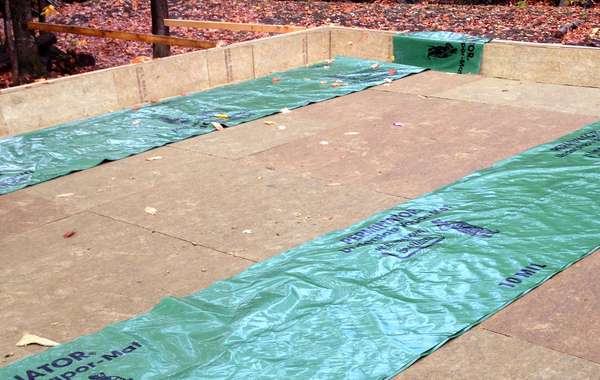
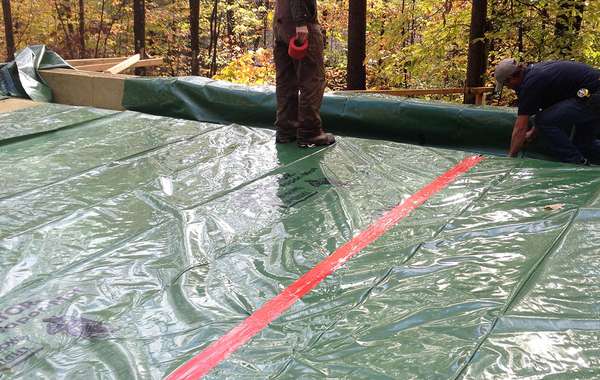
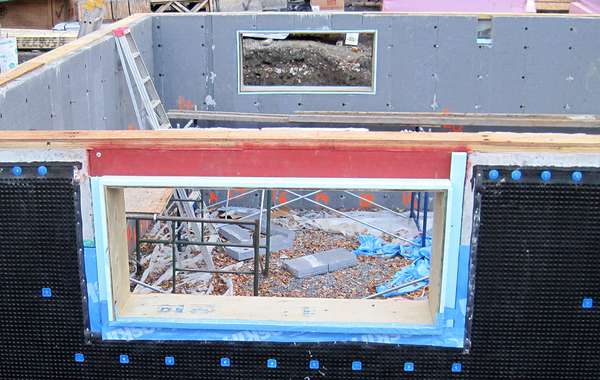
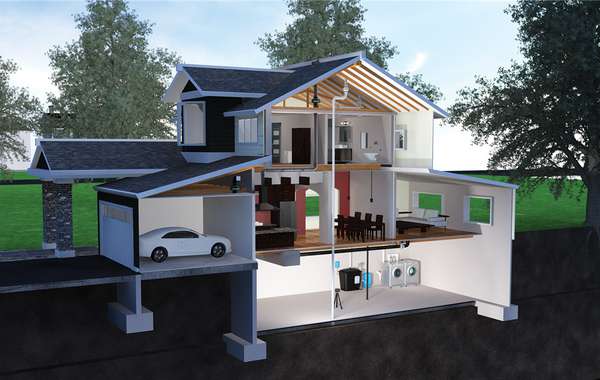
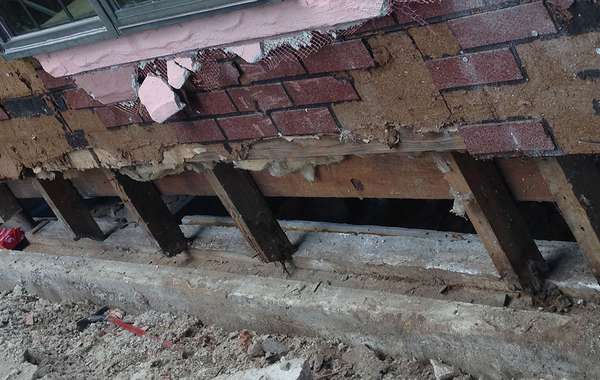
Comments (0)
Sign Up to Comment